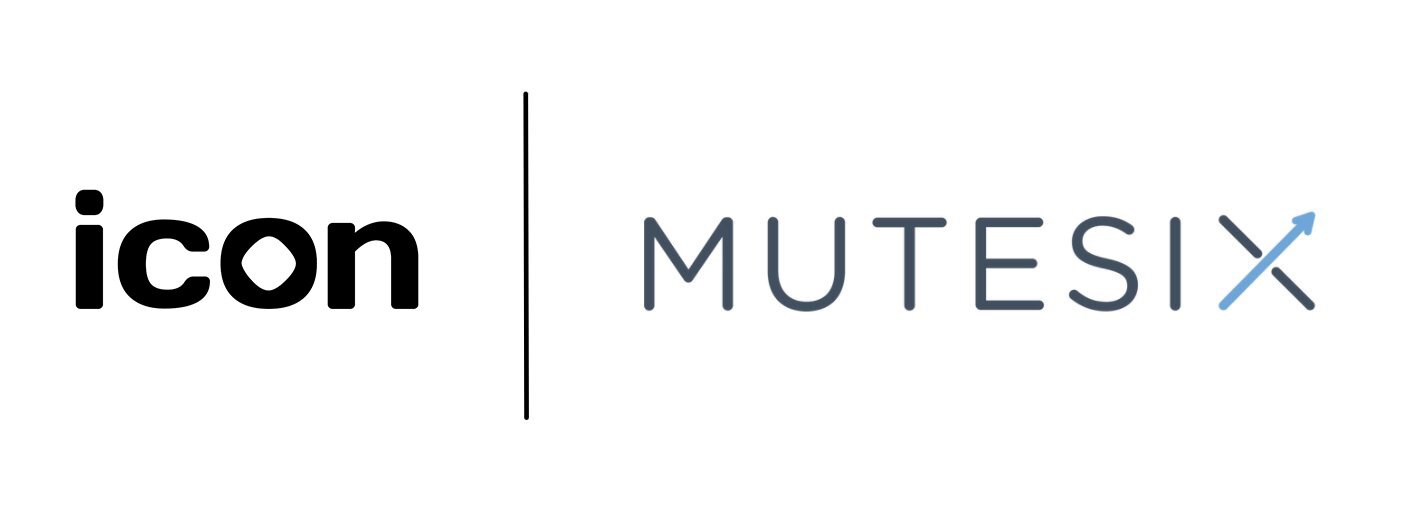Moody Nashawaty is a Partner and the Chief Strategy Officer at MuteSix, a performance marketing agency that specializes in driving growth for DTC eCommerce brands through data-informed creative and targeted media buying.
MuteSix clients see an average 359% increase in revenue after six months, while Moody has helped brands achieve a collective $4 billion in trackable revenue growth and worked with names like Disney, Goop, and Zumba throughout his career.
We sat down with Moody to learn from his immense domain expertise on topics such as the advantage for brands going the agency route, what factors determine the best ad plays for your product, and why MuteSix prioritizes creative rather than quantitative strategy at the core. Here’s what we cover:
- The Upside of the Agency Route
- Ad Strategy 101: User Behaviors & Product Elements
- Leading with Storytelling & Strong Creative
“We work with every performance marketing channel you can imagine. But while others in the space are hedging their bets on AI and other tech, we very much believe creative is the be-all, end-all — and that people buy from people.”
The Upside of the Agency Route
As Moody tells it, most MuteSix clients, prior to signing on, are already spending something in the wheelhouse of $25,000 per month to achieve decent ad traction and experiment with freelancers or an in-house team, before they decide it’s time to truly optimize and scale.
Making that switch ultimately means companies gain access to a wealth of resources that are typically exclusive to established agencies, one of which Moody calls the network effect.
For instance, seeing as MuteSix runs roughly 500 unique accounts at any time that are spending on Facebook, the team has an unmatched, sweeping view of the landscape.
Alongside the agency’s connections to folks with an in at the company, this awareness enables MuteSix to gain rapid knowledge of particular headwinds and trends building, plus the best responsive pivot strategies.
Even aside from shifts in the market or tech, Moody stresses the impact of detecting ripples from a creative strategy standpoint.
For instance, within the last few years of massive digital presence, methods have broadly shifted focus from viral videos on Facebook (think Business Insider-type producers) to UGC.
And now, Moody describes a newfound emphasis across eCom on TikTok-style content, i.e. vertically-shot videos with voiceovers, due to the platform’s dominance across younger demos, who are almost universally accustomed to the fully digital commerce experience.
Even more so, according to Moody, TikTok-style content is more likely to drive conversions on Facebook, rather than the actual TikTok platform.
In his words, a brand would likely only possess this key piece of platform strategy if they boasted an incredibly well-connected marketing team that was plugged in with other performance marketers — or if they employed an agency who’d already sussed out this info.
As such, the necessary timeline for a brand to achieve scale is typically cut by six months with the help of an agency, simply due to the network and resources which are readily in place.
After all, the average MuteSix client will have roughly half a dozen team members touching their account — from funnel building to strategy to execution — and building out that equivalent as an in-house team would, predictably, require exorbitant time and capital.
“For years now, our job has been knowing what’s on the horizon so our clients don’t have to, as well as utilizing that knowledge in the best way possible to help them achieve unprecedented scale.”
Ad Strategy 101: User Behaviors & Product Elements
To determine an ad strategy that’ll drive the greatest ROI for your brand, Moody recommends taking careful stock of your target demo’s behaviors plus the core components of your products, such as where you’ll encounter users, the specificity of your branding, and your pricing, purchase frequency, and resultant margins.
Specificity of Brand Experience
If the product at hand could be described as a generic commodity — i.e. a coffee product, which could be easily purchased in a grocery store or by searching “coffee” online — Moody advises bringing it to a marketplace setting, like Amazon.
Meanwhile, a more specifically branded commodity — i.e. most apparel or a name like Peloton that’s designed to build brand loyalty — would belong on a platform like Facebook, in order to draw browsers directly to your brand’s website and actually drive purchase intent.
Overall, Moody suggests companies who are interested in cultivating an elevated brand that could drive large degrees of scale should turn to Facebook or Google as launch points, depending on the amount of existing search volume or search intent one could capture.
Price, Purchase Frequency, and Margins
Put simply in Moody’s words, a product that’s a one-time purchase with a low price point wouldn’t fare well on a platform like Facebook.
For instance, a high-utility but single-purchase, low-cost product like a kitchen item would underperform, simply due to nearly nonexistent margins and little potential to drive repeat consumer behavior.
Similarly, Moody would recommend advertising your branded food and beverage products elsewhere, due to low margins in relation to CPA — it might cost $10 to acquire a customer via Facebook who’ll then buy your product for $10.
However, along the lines of gauging for the potential of repeat purchase behavior, Moody would consider subscription products a potential exception to this rule.
Conversely, a user will likely purchase a high-end product like a Theragun once in their lifetime — yet one unit sells for about $400, making Facebook a solid acquisition option for the brand.
And at the extreme end of this spectrum, Moody pointed to Apple as an example of an exceptional CPA to LTV ratio, due to consumers’ generally long-term commitment to the brand’s products.
Once a user is acquired through a cell phone or a laptop, they return for earbuds, chargers, and more in a seemingly regenerative loop of revenue.
“By really considering every element of your product and your target user’s behavior, you’ll narrow down how and where to advertise without the excess, expensive trial-and-error phase.”
Leading with Storytelling & Strong Creative
In terms of the reasoning behind the MuteSix approach, which Moody describes as creative at the core, he highlighted that crafting a compelling, targeted narrative around a sound product is the key to selling virtually anything in today’s inundated market.
As he describes it, a phenomenon Moody witnesses repeatedly across eCom categories is a newcomer choosing to locate a leading brand’s manufacturers, i.e. locating Lululemon’s factories, and to reproduce and sell a nearly exact replica under a different name.
However, they fail to recognize that these brands produce what’s considered a premium product due to their long-standing reputation, and subsequent ability to build on user trust and reliability, cheaper ad costs, and a unique brand identity that mirrors audiences’ unique needs and desires.
If your product is entering a space that is already oversaturated, and unlikely to promise steady returns, Moody boils it down to two options.
Return to the drawing board to rework the product into something that’s either far cheaper or far more innovative.
Put simply, you’ll want to tell the story of exactly why and how you’ve created this product to meet the niche in an unprecedented way, thus making storytelling one of the most — if not the most — important elements to marketing that will efficiently cut through the flood of noise.
Furthermore, Moody highlighted that attempting to utilize cutting-edge tech or embellishments to sell a product often means you’ve approached the problem incorrectly, or in other words, you likely haven’t invested enough into the actually crucial element of product development.
Even aside from the pure tech of it all, the ability to target, optimize, and generally finesse the user experience through metrics will likely grow more and more difficult due to changes to key platforms, like Facebook and Instagram, on the horizon.
With this, one can only expect the component of creativity to become even more essential to the digital acquisition equation.









